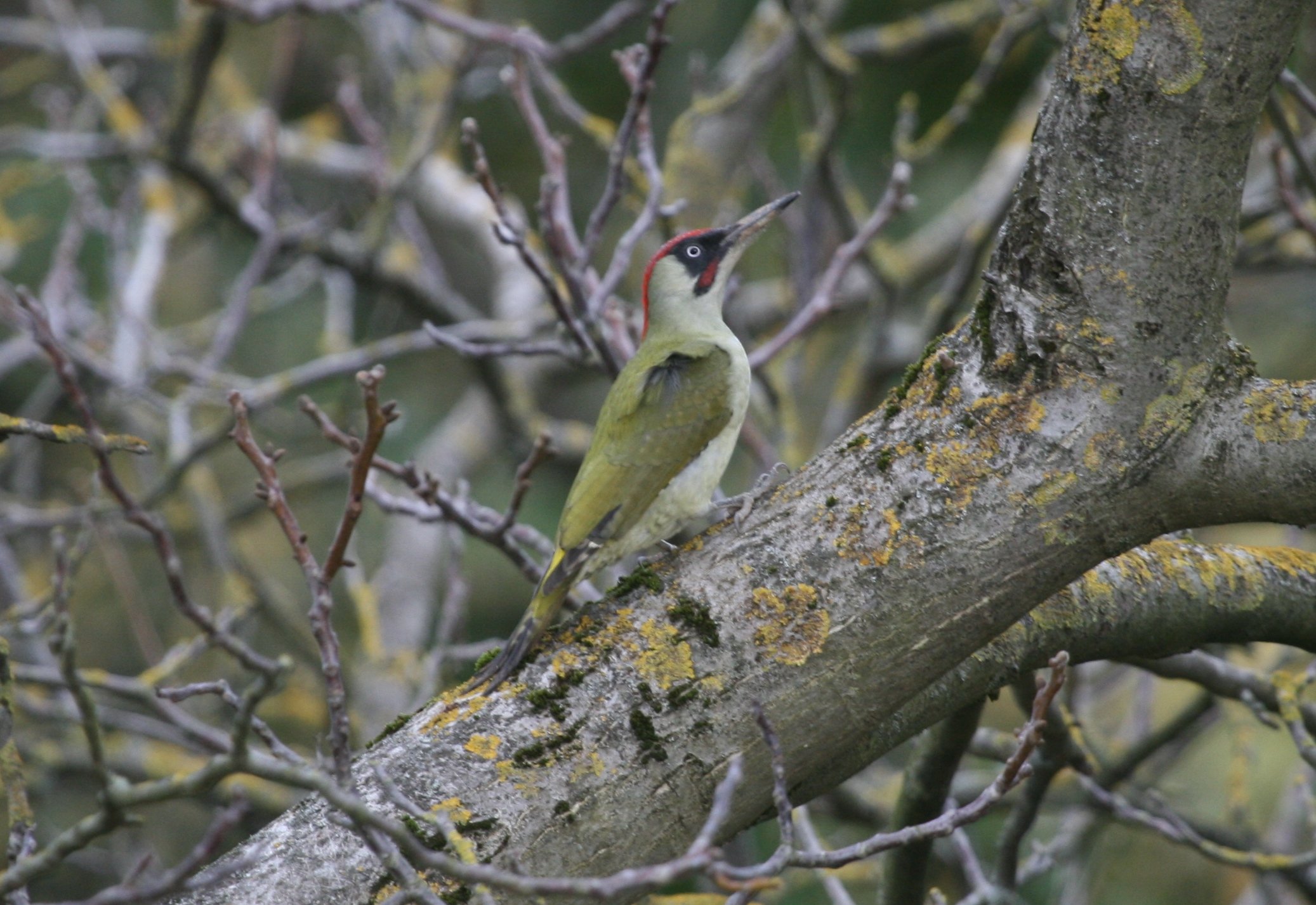
You may know, or may have known and have forgotten by now, that Germany has had federal elections to the Bundestag this year, on September 22nd. As was the case in all elections I have witnessed so far, the opposition – this time mostly formed by the Greens and the Social Democrats (SPD) – had high hopes of kicking out the ruling coalition of the conservative CDU/CSU and the increasingly ridiculous Free Democrats (FDP). Turns out it didn’t go so well for the opposition, and the alliance of the Greens and Social Democrats failed to reach a majority of seats, leaving Angie in the driver’s seat. The blame game in the aftermath of the election was a very one-sided affair as the SPD had at least gained some votes in comparison to the previous election but the Greens had failed miserably, crashing from 10.7% in 2009 to a meagre 8.4% in 2013. This wasn’t exactly the substantial increase they’d had in mind, and the party was in shambles.
Enter the NABU.
You may not know, or may have known but have forgotten by now, what a NABU is, if not the home planet of Jar Jar Binks. Well, the NABU is a major German NGO dedicated to nature conservation, comparable to e. g. the RSPB or the National Audubon Society. In the best tradition of NGOs whose roots rest firmly in the avian kingdom, the NABU selects a Bird of the Year each year (or it wouldn’t be called “of the year”). And wouldn’t you know it, this year’s choice fell on the GREEN woodpecker Picus viridis (link here for those who know a little German).
Honi soit qui mal y pense.
Naturally, the NABU – while remaining politically neutral – has a certain ideological connection to a party that has written “conservation” on its banner, more so at least than to – say – the Free Democrats who consider only those values and ethics valid that directly benefit the economy.
Still, it may all be a coincidence, and maybe I am just seeing things where there’s nothing to see, but the parallels between the Green Woodpecker and the dreams of the Greens are just too glaring to be ignored, and too blogworthy not to be blogged about.
- The Green Woodpecker is painted mostly in green (the Greens’ colour), with hints of red (the SPD’s colour) and some black mixed in (the CDU’s colour, with which the Greens are starting to get cosy in order to not be entirely reliant on the SPD to form a coalition).
- The Green Woodpecker is a success story – and wouldn’t the Greens love to be one. It is actually increasing in numbers, and second only to the Great Spotted Woodpecker regarding its population in Germany. This is the first time ever that the NABU has chosen a “bird of the year” that it not endangered but actually increasing, so it does make you wonder.
- The Green Woodpecker is a true European (including the British Isles, I might add), and within Germany its strongest populations are in the South and West, much like the Greens’ voters.
- Its call is a loud, ringing laugh – what with having the last laugh or something.
- And finally, the Green Woodpecker has some yellow near its backside, which is the FDP’s colour, a party which fared even worse than the Greens – they got kicked out of parlaiment – and which has been the Green’s fiercest political adversary.
By now you’ve probably read more about German politics than you dared to ask or cared to know, and it is about time I got some birds and birding into this post already.
Pictures.
You see, the Green Woodpecker is such a fabulous and pretty bird that it has been featured here on 10,000 Birds before, in a gallery of fellow beat writer Redgannet. At this point I could just refer you to the link I provided and be done with it. However, I understand that there are some amongst our readers who cannot cope well with Redgannet’s extremely good bird photography (his posts tend to mess up a gloomy day), and I have therefore added some pictures I took myself.
What’s with the mask?
Red malar strip in adult males, black malar stripe in females. That’s with the mask.
.

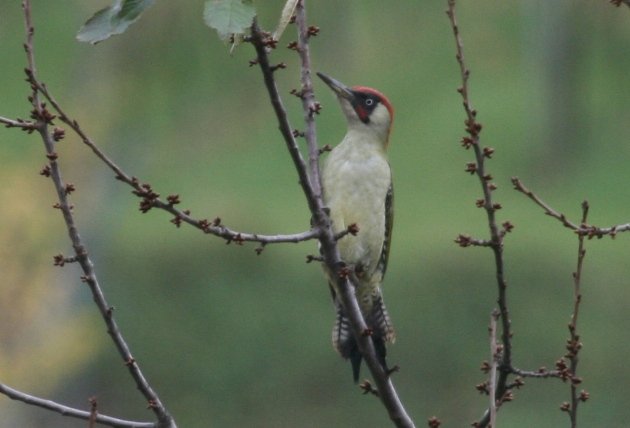
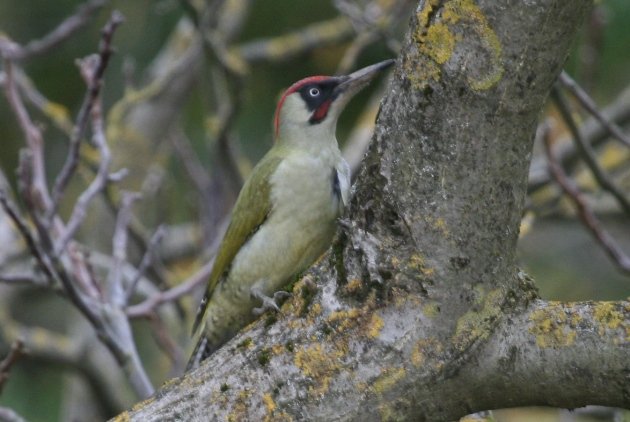
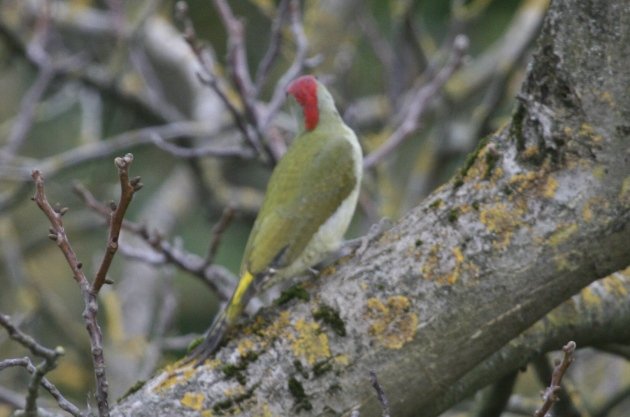
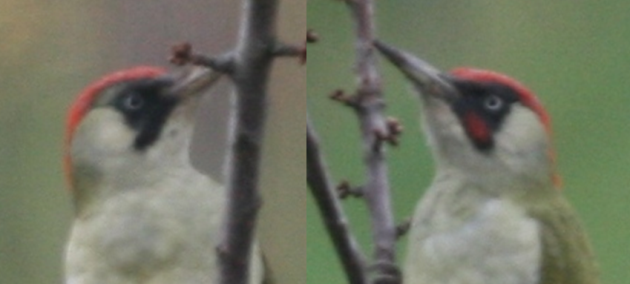



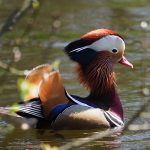
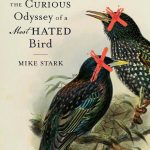
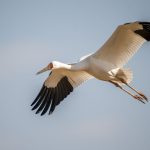

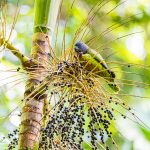
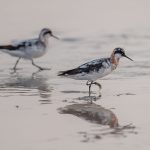

We have Green Woodpeckers at my parent’s house. They are much shier than the Great Spotted Woodpeckers, so I was particularly delighted to get some good views this year!
We don’t even have a photograph of a Woodpecker! Our first encounter with a Woodpecker was in a brilliant National Park in Sweden in 1988 called Store Mosse where we were sure someone was doing something to a tree ahead until we found the Woodpecker! 🙂
Love those (the woodpeckers)! That flicker-like bird is a signature European species and one that actually has colors!